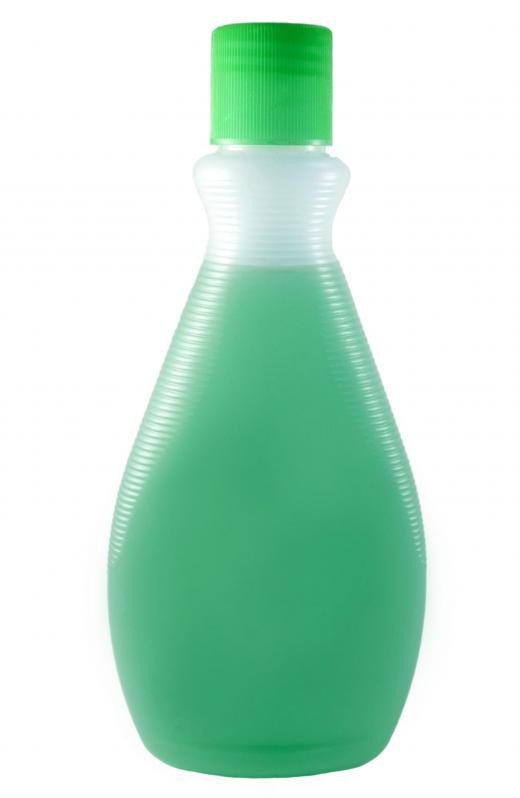An acetone MSDS is a publication supplied by the maker of acetone or the product containing acetone. The MSDS stands for Manufacturer's Safety Data Sheet. This data sheet provides specific information about acetone, including flammability ratings, exposure issues, and any known carcinogenic effects. The information is useful to people working with acetone so that they know the risks associated with exposure. An MSDS also outlines what steps to take in the event of an accidental spill.
Physical and chemical data are outlined in the acetone MSDS. This part of the data sheet defines characteristics such as color, water solubility, and boiling point. The MSDS goes on to explain fire and explosion risks and what extinguishing methods should be used to deal with an acetone fire. The reactivity portion of the MSDS explains what reacts with acetone, including exposure factors and other chemicals known to form dangerous substances when mixed with acetone.

Acetone can cause serious health issues, and a section of the acetone MSDS deals with the effects of acetone on various body systems. The data sheet lists the dangers of acetone contact with the eyes and skin. It also explains the symptoms and dangers of inhaling or ingesting acetone. If a substance is known to cause cancer, this information is listed in the MSDS. A separate section of the MSDS has first-aid information and explains the steps to take for acetone contact, inhalation, and ingestion.
A large section of the MSDS is devoted to protective measures when working with acetone. This covers personal protection, storage requirements, and measures to protect the environment. The data sheet details the protective gear recommended to avoid damage to the eyes, skin, and respiratory system. As acetone is flammable, it has special storage and handling concerns that are explained in the acetone MSDS. Information is also provided that outlines how to deal with acetone spills and how to properly dispose of waste.
An acetone MSDS will typically have an additional section to cover information that does not fall into the previous categories. This section also covers common abbreviations used in the MSDS, testing procedures used in the collection of data, and sources for more information. The MSDS does not contain individual reports of hazards associated with acetone, but it is a handy, concise report of the chemical and its effects. These data sheets are a helpful knowledge base for anyone who works with acetone.
